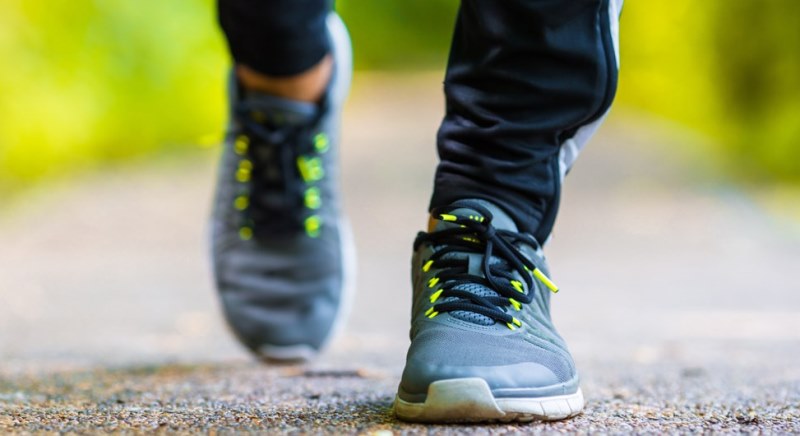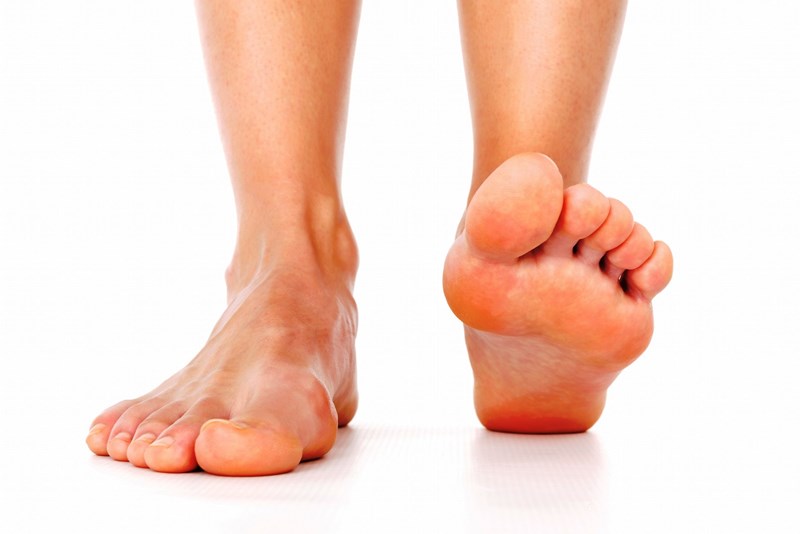There are many fundamental advantages to walking on a regular basis. It not only helps individuals lose weight, but it can also control cholesterol and blood sugar levels. When complemented with a nutritionally sensible diet, walking can help you keep the extra weight off.
As a form of cardiovascular fitness, walking increases your heart rate so it can transport blood filled with oxygen from the lungs to every muscle in the body, including the brain. When you have a regular walking regimen, your lungs and heart will become stronger and more efficient. Your heart’s resting rate will reduce as well as your blood pressure. Walking is a very important element in rehabilitation programs, and is also a core part of a training program for those who are trying to obtain an athletic scholarship to continue their education.
Do you suffer from poor circulation in your arms or legs? Fortunately, walking can help increase the size of the blood vessels in your extremities. However, it is important to speak with your doctor before beginning any walking program. This is especially true if you have one or more the following risk factors:
- Over the age of 40
- Overweight
- Diabetic
- Smoker
- Family history of heart disease
Your Feet
Walking shoes should be well-cushioned, stable, and flexible enough for your feet to move from one side to the other. Most of the running shoes that are on the market meet these criteria and can be worn during your walking routes.
However, your feet may fare better with purpose-designed walking shoes. Although they typically do not provide as much cushion for the feet as a running shoe, they are generally much lighter.
The most important thing to keep in mind is that any walking shoe you are considering must feel stable as well as comfortable. Never cut corners when choosing walking shoes. The shoes you purchase are likely the most expensive piece of equipment you will need for your activity, so do not skimp on the budget.
Always remember to speak with your podiatrist before purchasing any walking shoes if you have medical concerns like bunions. If you are prescribed shoe inserts, they will replace the ones that came standard with your shoes.
How Can You Take Care of Your Feet for Your Walking Activities?
Good foot care is important if you are starting a regular walking regimen. Be sure to dry your feet well after cleaning them and always take care of your toes. Your toenails should be stay trimmed and you should cut them straight across, not at an angle.
Getting on the Road
Before embarking on your walking route, you should complete a series of stretches and exercises that help to loosen your calves, hamstrings, Achilles, and quadriceps.
Choose goals for your walking route that are realistic. For example, make the commitment to walk every day and then focus on how long you will walk during your route. You may want to start with a 15-minute walk and build your regimen from there.
If you are a beginner, you may want to create a walking program that includes at least four days a week. Giving your body a rest several days a week will prevent soreness and injuries.


